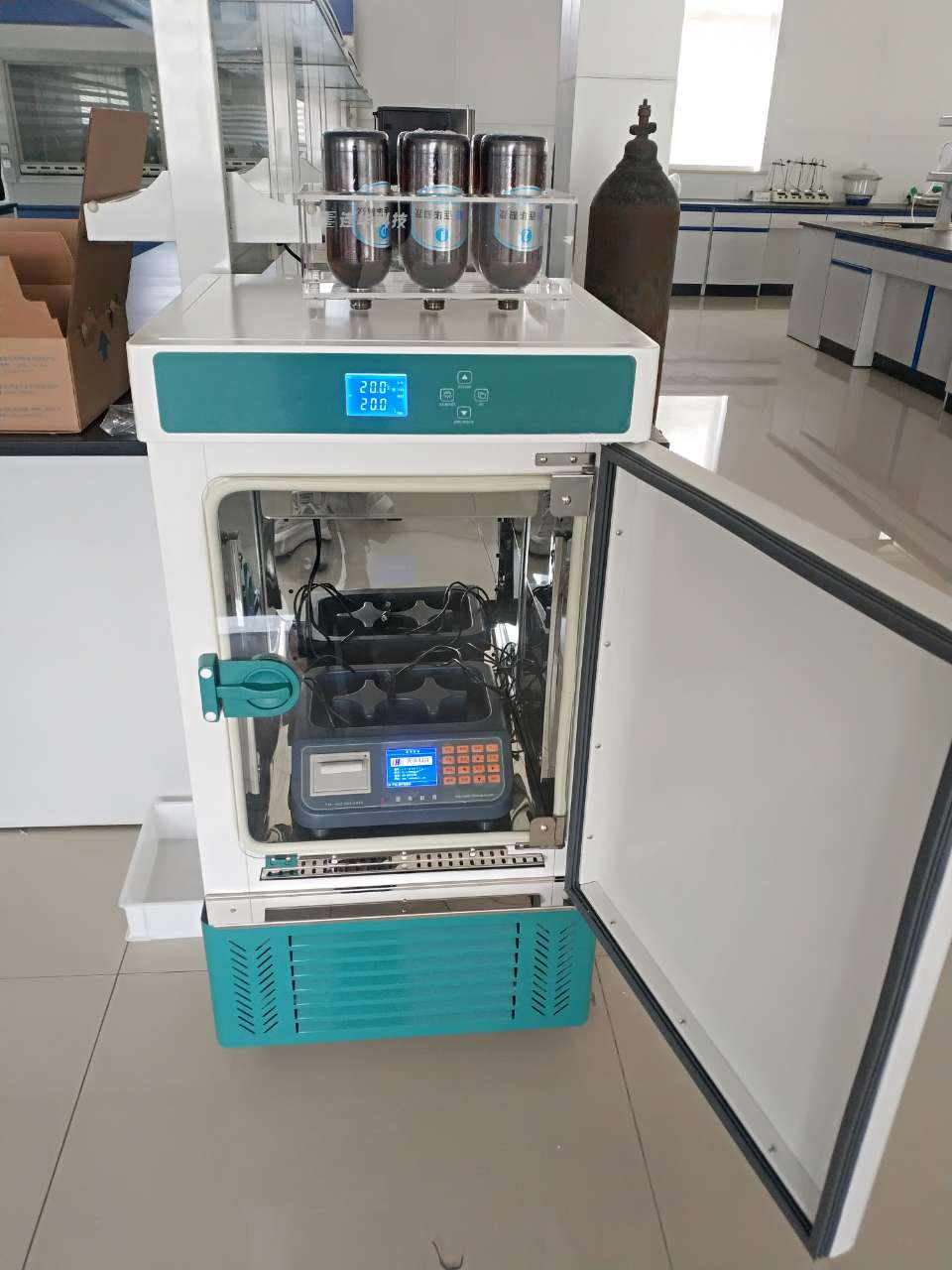Industry News
-
Nitrogen, Nitrate Nitrogen, Nitrite Nitrogen and Kjeldahl Nitrogen
Nitrogen is an important element that can exist in different forms in water and soil in nature. Today we will talk about the concepts of total nitrogen, ammonia nitrogen, nitrate nitrogen, nitrite nitrogen and Kjeldahl nitrogen. Total nitrogen (TN) is an indicator commonly used to measure the tot...Read more -
Development of BOD detection
Biochemical oxygen demand (BOD) is one of the important indicators to measure the ability of organic matter in water to be biochemically degraded by microorganisms, and is also a key indicator to evaluate the self-purification capacity of water and environmental conditions. With the acceleration ...Read more -
Development of chemical oxygen demand (COD) detection
Chemical oxygen demand is also called chemical oxygen demand (chemical oxygen demand), referred to as COD. It is the use of chemical oxidants (such as potassium permanganate) to oxidize and decompose oxidizable substances in water (such as organic matter, nitrite, ferrous salt, sulfide, etc.), an...Read more -

Determination of residual chlorine/total chlorine by DPD spectrophotometry
Chlorine disinfectant is a commonly used disinfectant and is widely used in the disinfection process of tap water, swimming pools, tableware, etc. However, chlorine-containing disinfectants will produce a variety of by-products during disinfection, so the safety of water quality after chlorinatio...Read more -
Introduction to DPD colorimetry
DPD spectrophotometry is the standard method for detecting free residual chlorine and total residual chlorine in China’s national standard “Water Quality Vocabulary and Analytical Methods” GB11898-89, jointly developed by the American Public Health Association, the American Wate...Read more -

The relationship between COD and BOD
Speaking of COD and BOD In professional terms COD stands for Chemical Oxygen Demand. Chemical Oxygen Demand is an important water quality pollution indicator, used to indicate the amount of reducing substances (mainly organic matter) in the water. The measurement of COD is calculated by using str...Read more -

Water quality COD determination method-rapid digestion spectrophotometry
The chemical oxygen demand (COD) measurement method, whether it is the reflux method, the rapid method or the photometric method, uses potassium dichromate as the oxidant, silver sulfate as the catalyst, and mercury sulfate as the masking agent for chloride ions. Under the acidic conditions of su...Read more -

How to make COD testing more accurate?
Control of COD analysis conditions in sewage treatment 1. Key factor—representativeness of the sample Since the water samples monitored in domestic sewage treatment are extremely uneven, the key to obtaining accurate COD monitoring results is that the sampling must be representative. To achie...Read more -
Turbidity in surface water
What is the turbidity? Turbidity refers to the degree of obstruction of a solution to the passage of light, which includes the scattering of light by suspended matter and the absorption of light by solute molecules. Turbidity is a parameter that describes the number of suspended particles in a li...Read more -
What is residual chlorine in water and how to detect it?
The concept of residual chlorine Residual chlorine is the amount of available chlorine remaining in the water after the water has been chlorinated and disinfected. This part of chlorine is added during the water treatment process to kill bacteria, microorganisms, organic matter and inorganic matt...Read more -
Summary of analysis methods for thirteen basic indicators of sewage treatment
Analysis in sewage treatment plants is a very important operation method. The analysis results are the basis for sewage regulation. Therefore, the accuracy of the analysis is very demanding. The accuracy of the analysis values must be ensured to ensure that the normal operation of the system is c...Read more -

BOD5 analyzer introduction and the dangers of high BOD
The BOD meter is an instrument used to detect organic pollution in water bodies. BOD meters use the amount of oxygen consumed by organisms to break down organic matter to assess water quality. The principle of the BOD meter is based on the process of decomposing organic pollutants in water by bac...Read more




